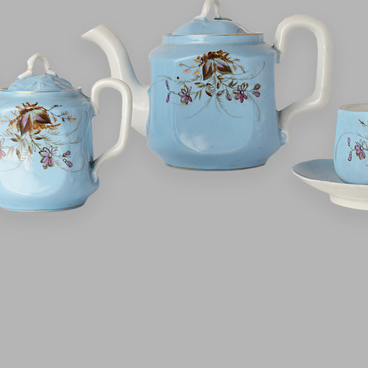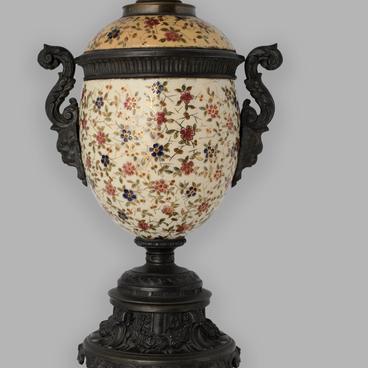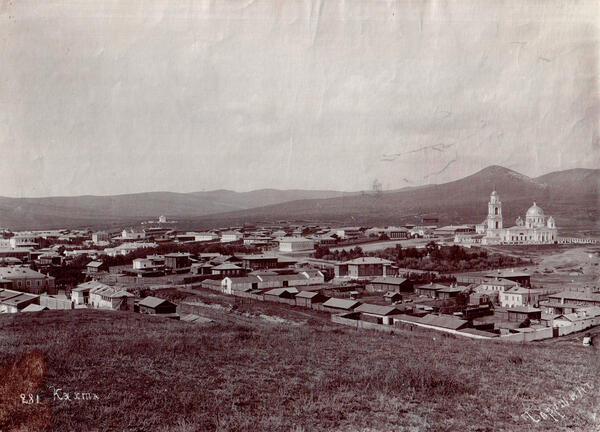The Kyakhta Museum of Local Lore named after Academician Vladimir Obruchev houses a collection of photographs by Nikolay Apollonovich Charushin. These include unique images exploring the anthropology and ethnography of Buryats and Chinese, rare views of old Urga (Ulaanbaatar), and photos showing the tea trade which represented the economic cooperation between Russia and China in the 19th century. There are also photos illustrating the history of 19th-century Transbaikalia: Udunginsky and Circum-Baikal Routes, views of Troitskosavsk, Kyakhta, and Maimaicheng, and photos showing merchant families in their everyday life. The collection contains 108 photos.
In the 1870s, Nikolay Charushin participated in the revolutionary Narodnik movement. Between 1878 and 1881, he served a penal sentence in Kara, Transbaikalia. After 1881, he lived in exile, at first at Davendensky Mines, and later in Nerchinsk. There he began to study photography and earned his living by working as an assistant at the photo lab of Alexey Kuznetsov, a revolutionary and local historian.
Charushin mastered photography and was ready to open his own photo studio. In order not to compete with Kuznetsov, he moved to Troitskosavsk together with his family. His first assignment was to photograph the summer houses of wealthy Kyakhta residents.
This photo depicts Bolshaya Street in the center of Troitskosavsk. Nikolay Charushin took this photo from the Cathedral of the Life-Giving Trinity (Trinity Cathedral), looking southeast. The background features the Church of the Assumption of the Blessed Virgin Mary.
The town of Troitskosavsk was founded in 1727 by the Russian diplomat Sava Vladislavich-Raguzinsky. He gave instructions to build the Troitskosavsky Fortress at the place of Barsukov winter camp. A church was erected inside the wooden fortress. The church gave the name both to the Troitskaya (Trinity) Fortress and to the future town of Troitskosavsk.
This is what the town
was called until 1734 when it was merged with the trading settlement of Kyakhta
and renamed Troitskosavsk-Kyakhta. In 1934, the name was shortened to Kyakhta.
The town is located 234 kilometers southwest of Ulan-Ude, near the Mongolian
border.



